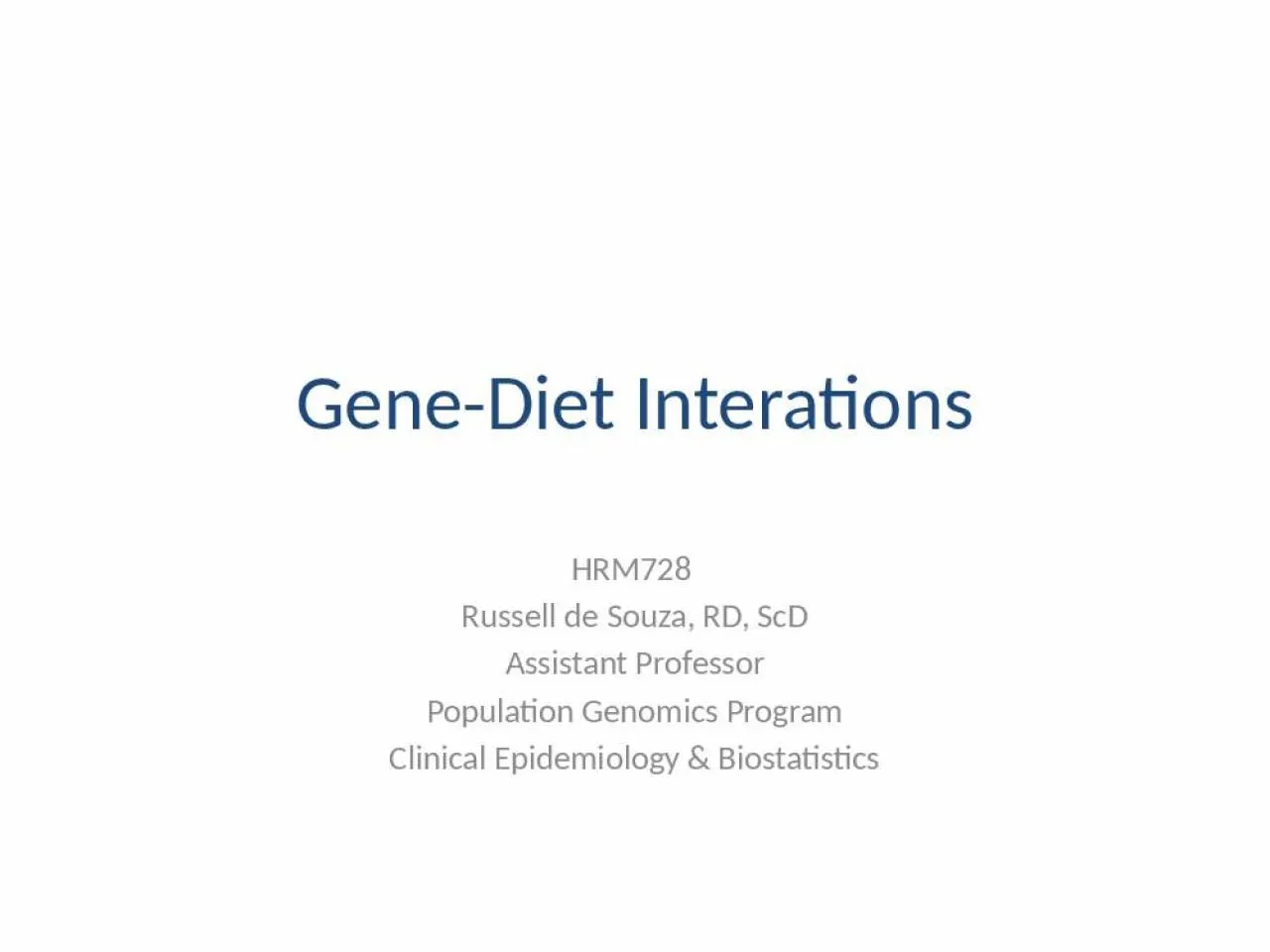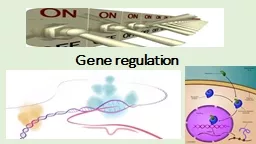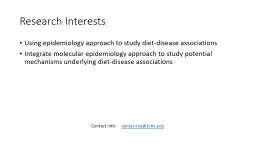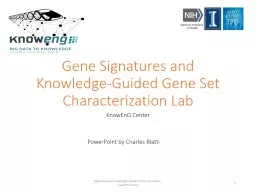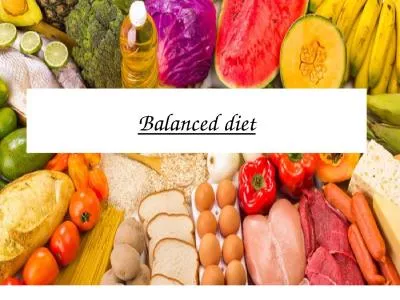PPT-Gene-Diet Interations HRM728
Author : rosemary | Published Date : 2022-05-17
Russell de Souza RD ScD Assistant Professor Population Genomics Program Clinical Epidemiology amp Biostatistics A few words about the readings Just to expose you
Presentation Embed Code
Download Presentation
Download Presentation The PPT/PDF document "Gene-Diet Interations HRM728" is the property of its rightful owner. Permission is granted to download and print the materials on this website for personal, non-commercial use only, and to display it on your personal computer provided you do not modify the materials and that you retain all copyright notices contained in the materials. By downloading content from our website, you accept the terms of this agreement.
Gene-Diet Interations HRM728: Transcript
Download Rules Of Document
"Gene-Diet Interations HRM728"The content belongs to its owner. You may download and print it for personal use, without modification, and keep all copyright notices. By downloading, you agree to these terms.
Related Documents

